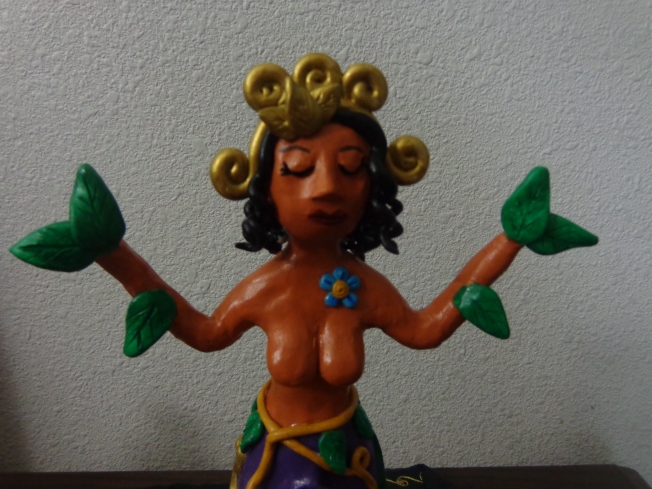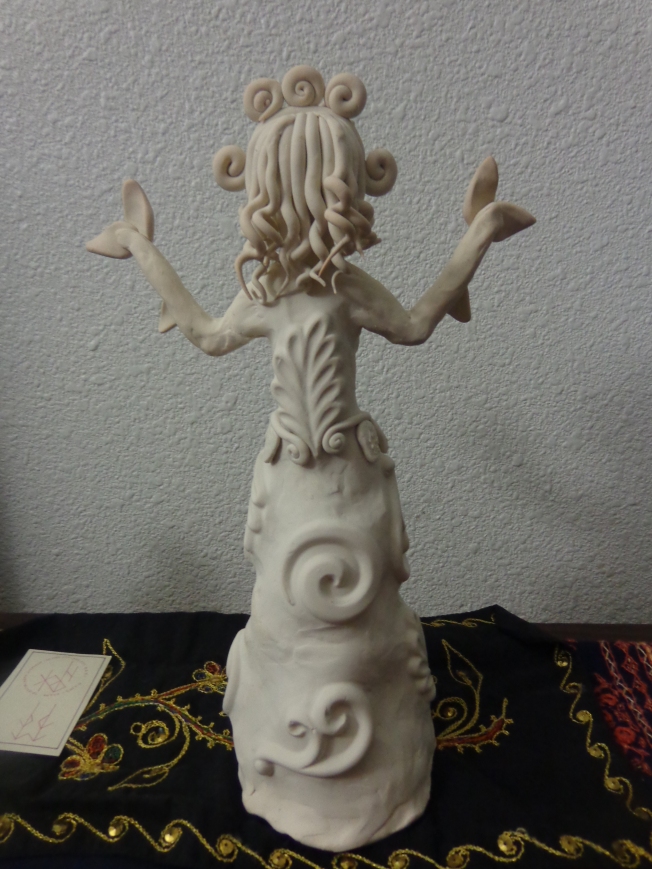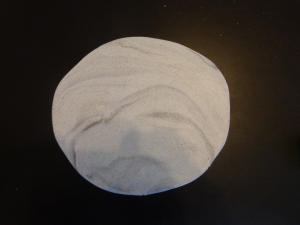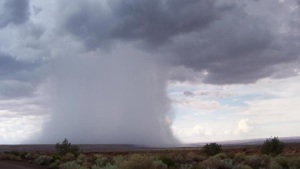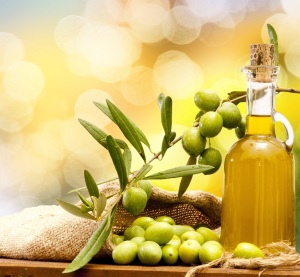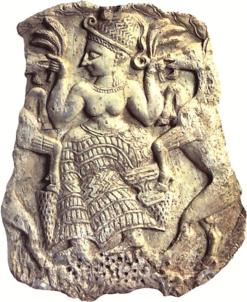
Photo from Wikipedia.org. Silver Nightshade. Don’t let the pretty purple flowers fool you, this plant is pure evil.
Litha or the Summer Solstice is probably the hardest Sabbat for me to get excited about. In fact, I’m so unenthusiastic about this holiday that I often forget to celebrate it. In some parts of the country Litha is means reasonable weather, comfortably sunny days, and a green landscape full of life. Well it’s never really green in the desert. Kinda greenish is a better description for the landscape during late winter through early autumn here. And by June 21 the weather has most likely been hot for at least a month already.
We in Central New Mexico have been blessed with a really wet year. This Spring instead of lots of wind and lots of sand being blown around, we got lots of wind and lots of rain. Which kept both the sand and temperatures down. For the first time in years I actually got to experience a stereotypical spring. Which was pretty great. But then June came, and the whole raining every other day thing stopped and the weather went back to it’s regularly scheduled programming. Which means lots of heat.
I really probably shouldn’t complain. It really could be worse. The high altitude does keep the heat in check, and most days during the dry part of the summer have temperatures hanging around the 80’s and 90’s. Which really isn’t much worse than some other southern parts of the country. And unlike other parts of the southern US (like Texas) we don’t have to worry about 80-100+ degrees with 100% humidity. On those few days we do hit a 100 it’s a news worthy event. And that usually happens mid to late June, right around Litha.
Litha to me means oppressive heat, overwhelming dryness, and a searing sun. And brush fires, lets not forget brush fires and fire bans. Litha means that the wild grasses that sprang to life in my backyard during the late winter and early spring have long since died and have been replace by plants that can handle a full blown desert summer. Which are mostly silver nightshade and other plants with lots of thorns or that produce lots of stickers. My garden is able to survive the dry part of summer, but require a lot of attention. If I neglect my garden during this time of the year even for a couple days, it spells certain death for most of my plants. June in New Mexico is just something I can’t have much love for.
I still feel like I should do something to mark the Summer Solstice though. I might take some inspiration from Natib Qadish’s Ashuru Zabi and banish the negative aspects of the summer by creating and burning an effigy of Mot, the Canaanite god of death, drought and sterility.
Note: Okay, I realize this is probably my third post complaining about a Sabbat. Which will lead some people to think “why is this woman even bothering with the Wheel of the Year?” Believe me as much a I complain, I actually have a lot of love for the Wiccan/Neopagan Sabbats, and consider the Wheel to be a very important part of my path. I will have to write more about this in a future post.

